With Halloween just around the corner, we can’t help but start thinking about all things eerie and spooky!
It’s a time of year where we tend to focus on thrills and chills, but there are also plenty of other beautiful, traditional ways to spend this holiday.
That’s why, around Halloween, there’s something poignant about taking a quiet, contemplative walk through an old graveyard full of memories of people who lived hundreds of years ago.
You can learn a lot about a person’s story by taking a close look at the headstone. Years ago, when someone passed, the family used to hide secret coded messages about them in the engravings.
Whether you’re walking around ancestors or strangers, it’s nice to feel like you’re helping to keep someone’s memory alive, just by knowing what the symbols on their grave marker mean.
Scroll through the gallery below for a look at some of the most common symbols and their meanings.
#1: The Inverted Torch
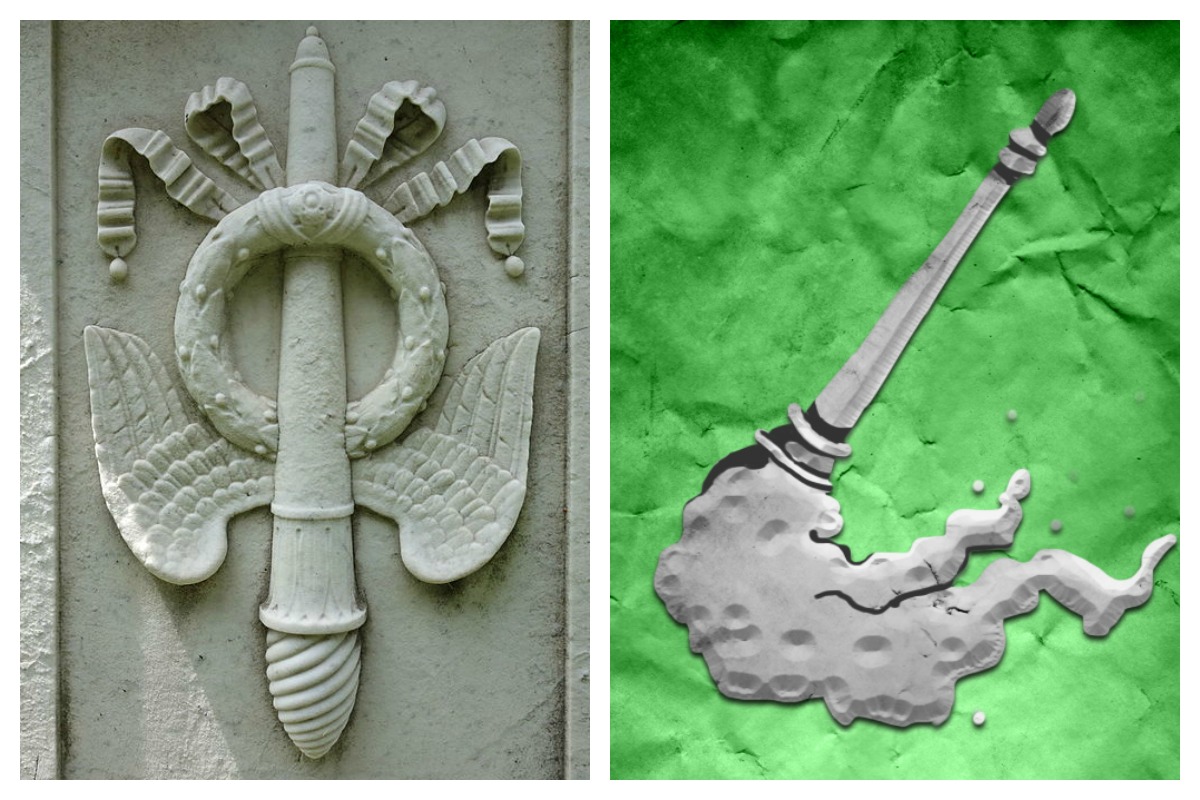
At first glance, an inverted torch in a cemetery might look like an elaborate family crest or maybe the symbol of a fraternal order.
Actually, it's a way of indicating that a life has passed on into the next world.
In real life, you would flip a burning torch over to put it out, but here, the flame isn't extinguished, showing that the person's spark keeps on burning.
#2: The Open Book
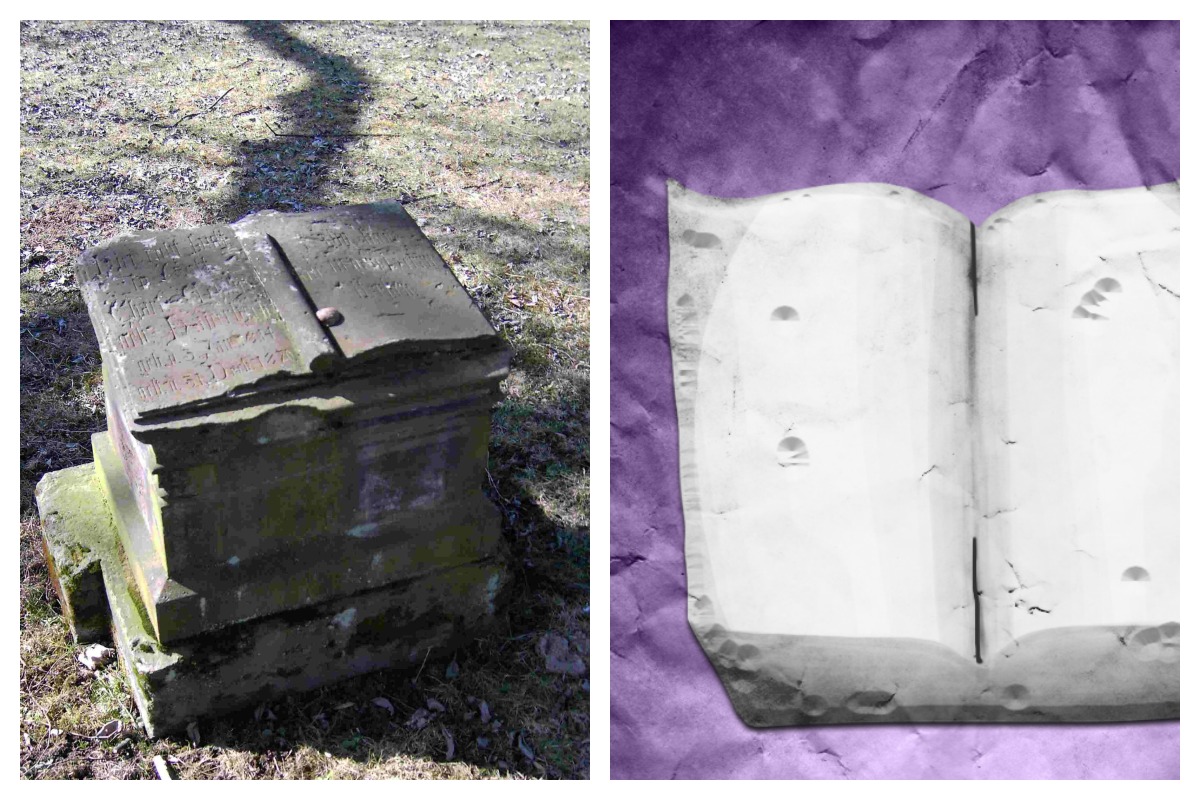
People have been engraving books on gravestones since the ancient Etruscans were in power thousands of years ago.
Nowadays, there's no sign of that tradition ending. A lot of graves are still adorned with open books, which can have all sorts of different meanings.
Sometimes, it indicates a love of learning and an openness to new ideas. Often, the open book represents the Bible and might be open to a certain passage.
#3: The Rising Dove
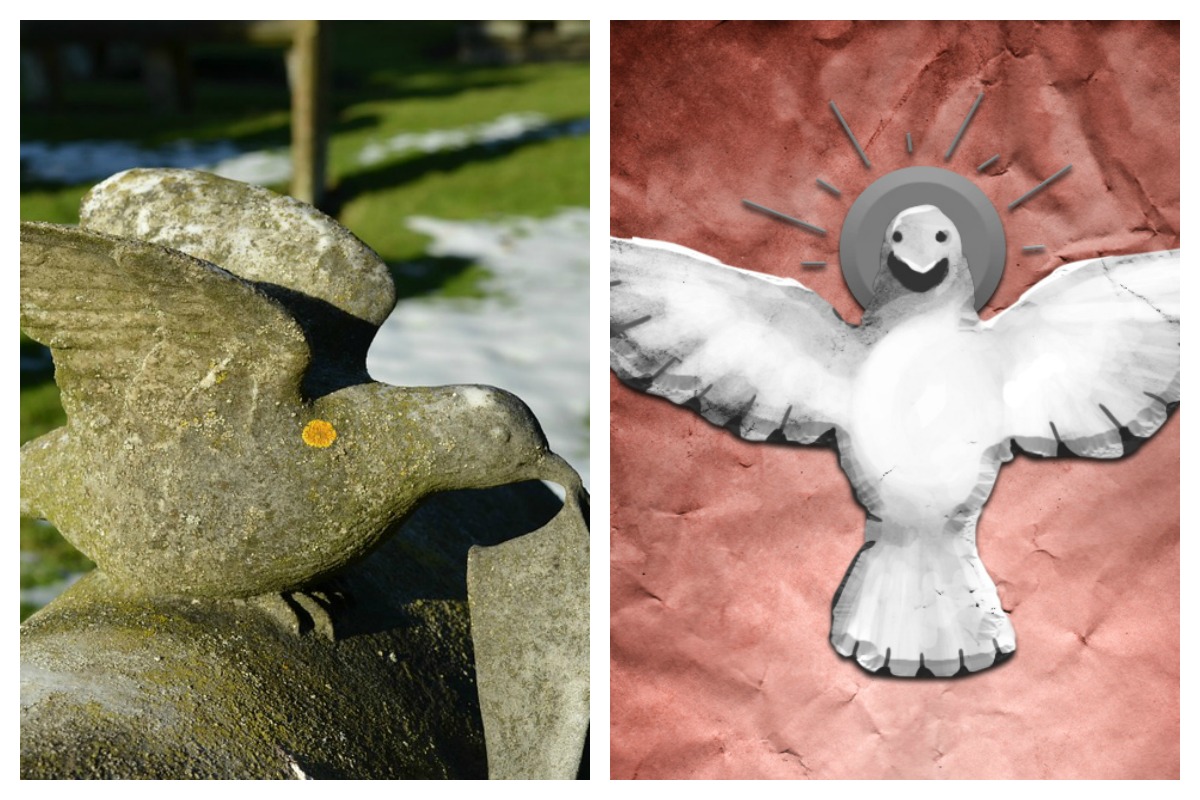
Since the story of Noah and the ark, doves have been a symbol of peace and hope.
They are also often used to represent maidenhood, since the dove is also a symbol of purity and goodness.
On a gravestone, a dove usually indicates that a young woman has passed on too early, but that she will find peace in heaven.
#4: The Open Gates
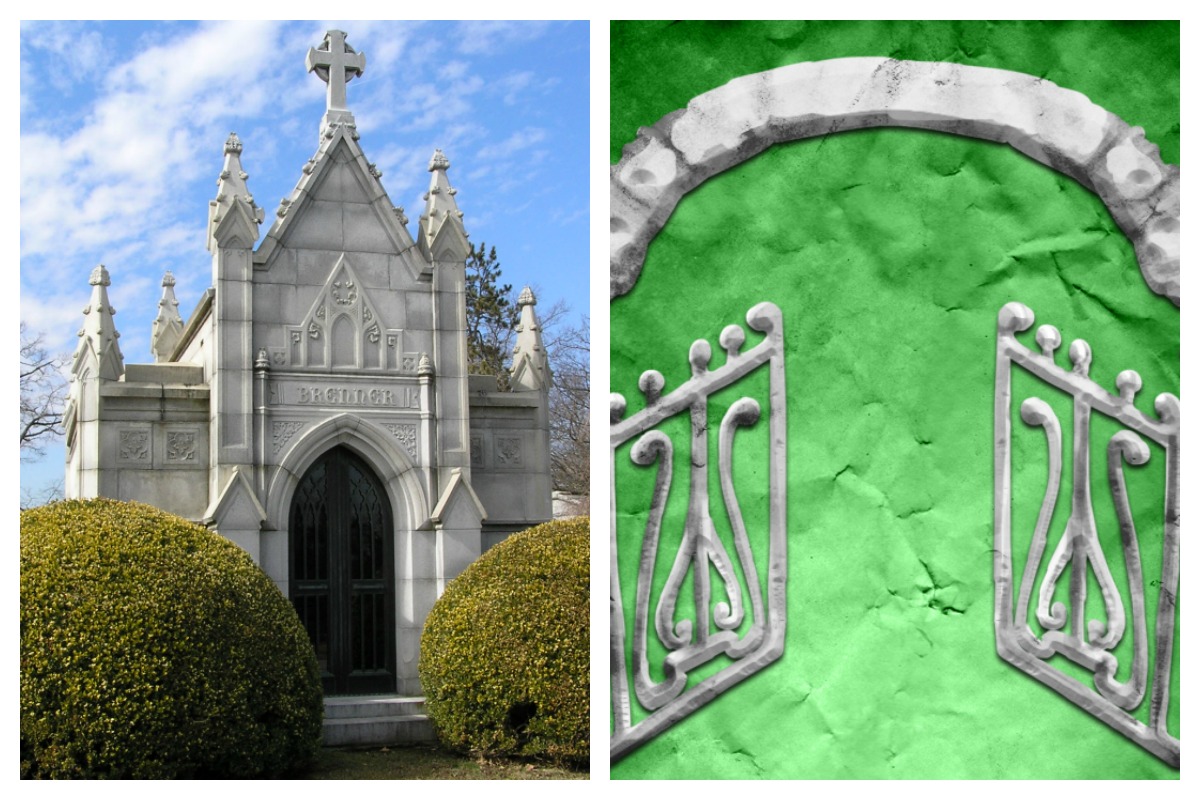
The image of the "pearly gates" appears first in the Bible as part of the description of entering into heaven.
When these gates are incorporated into a gravestone design, it's an assurance that the person will walk through the pearly gates and find peace on the other side.
Because the gates represent an "in-between," it's common in family plots and mausoleums, where people may go to visit relatives who have moved on.
#5: The Clasped Hands
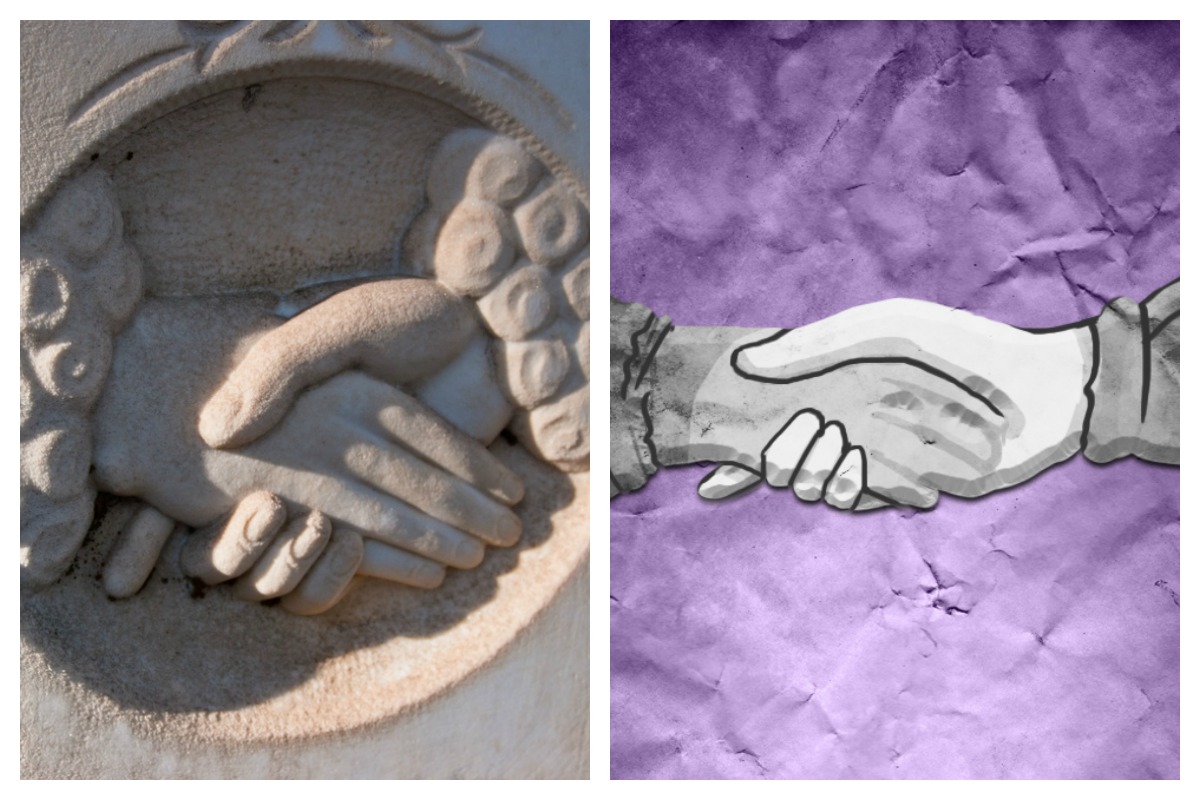
In life, people clasp hands to show greeting, trust, and affection.
On a gravestone, two clasping hands show a connection between this world and the next.
Clasping hands might show that the deceased has left loved ones behind, but that they are still linked together by their love for one another.
#6: The Broken Blossom
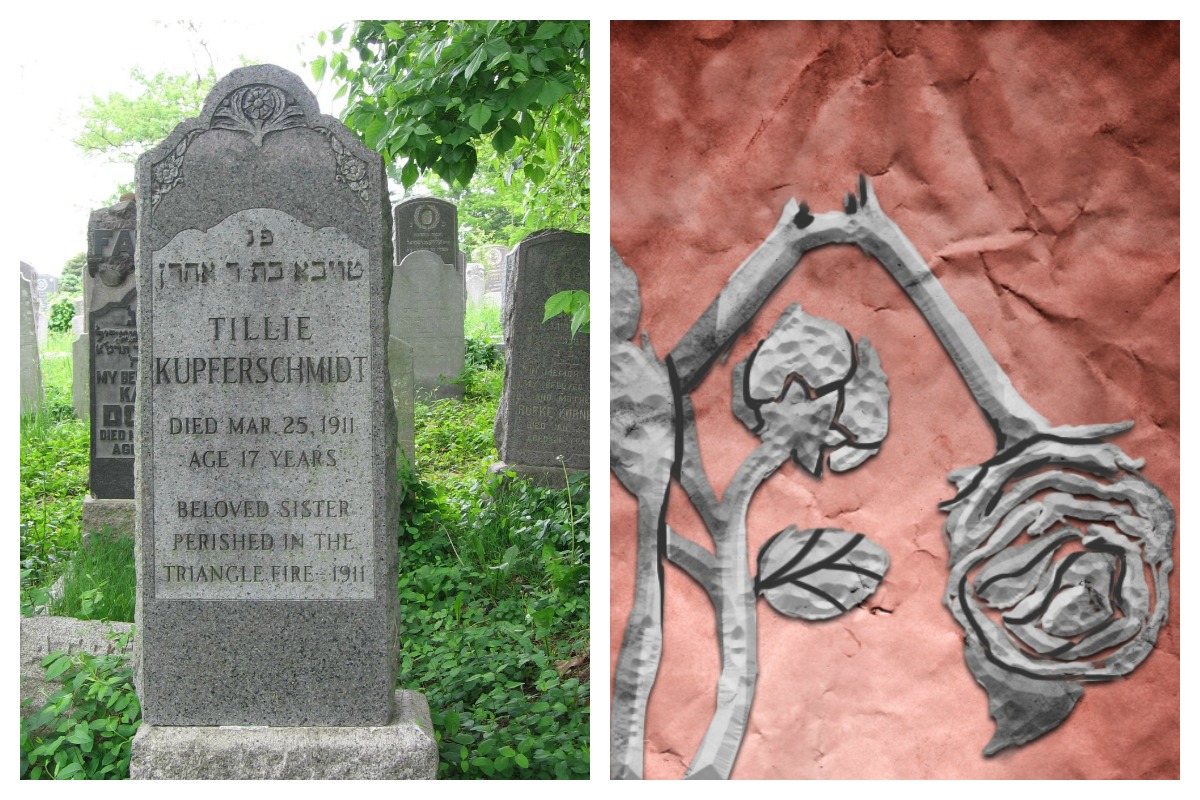
A broken rose is a very sad symbol for a gravesite, and usually means that a life has been cut down in its prime.
Roses, which are usually symbols of youth and beauty, might be shown snapped or hanging to indicate that a beautiful young woman died suddenly.
A broken flower makes the point that life is fragile and precious, and should be cherished while it's in bloom.
#7: The Pure Lamb
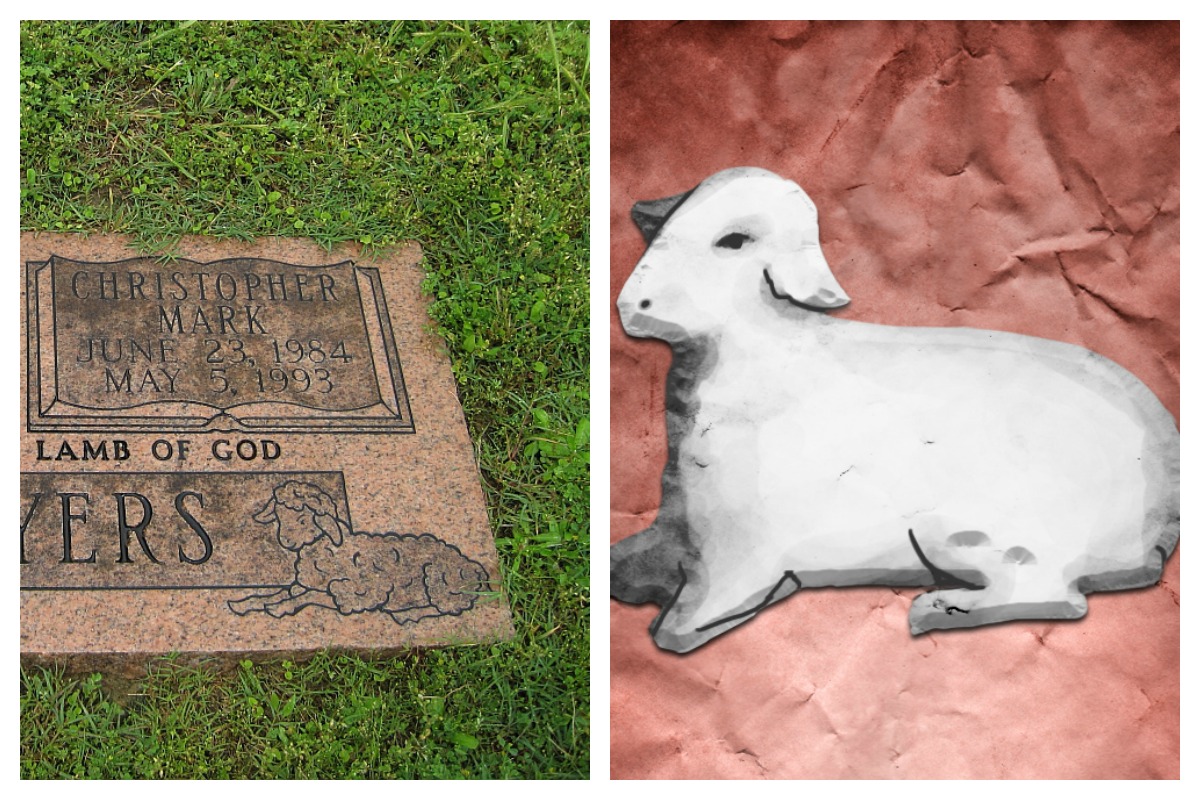
If you've read the Bible, you're probably familiar with the lamb as a symbol for both Christ and for his followers.
Having a lamb on a gravestone might show that the person is a devout Christian, or that the person is hoping to be guided into the next life, like a sheep into a pasture.
The lamb was also often reserved for the graves of children, to symbolize their youth and purity.
#8: The Winged Skull
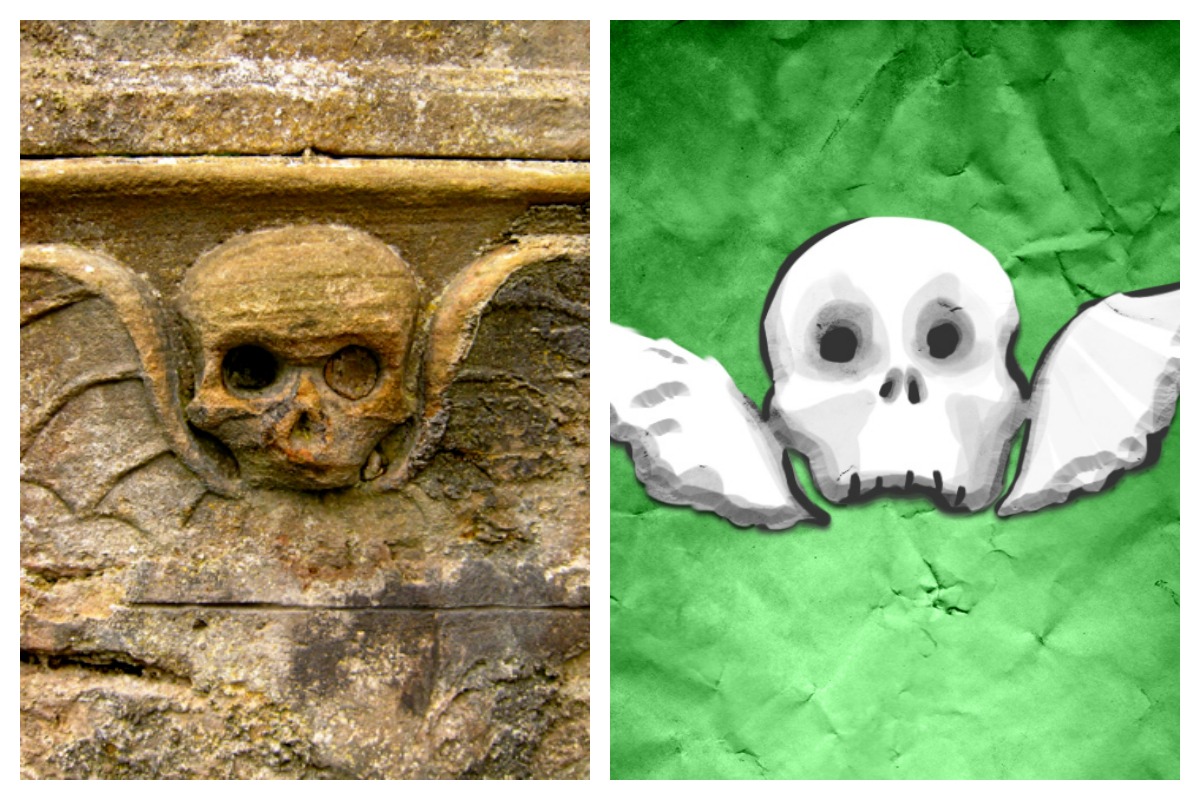
The winged skull is a little bit morbid, but it's mostly intended as a very peaceful symbol.
It shows that life is fleeting, but that the soul is forever.
The idea is that death frees the soul to fly up to heaven on its own angelic wings.
#9: The Tree Stump
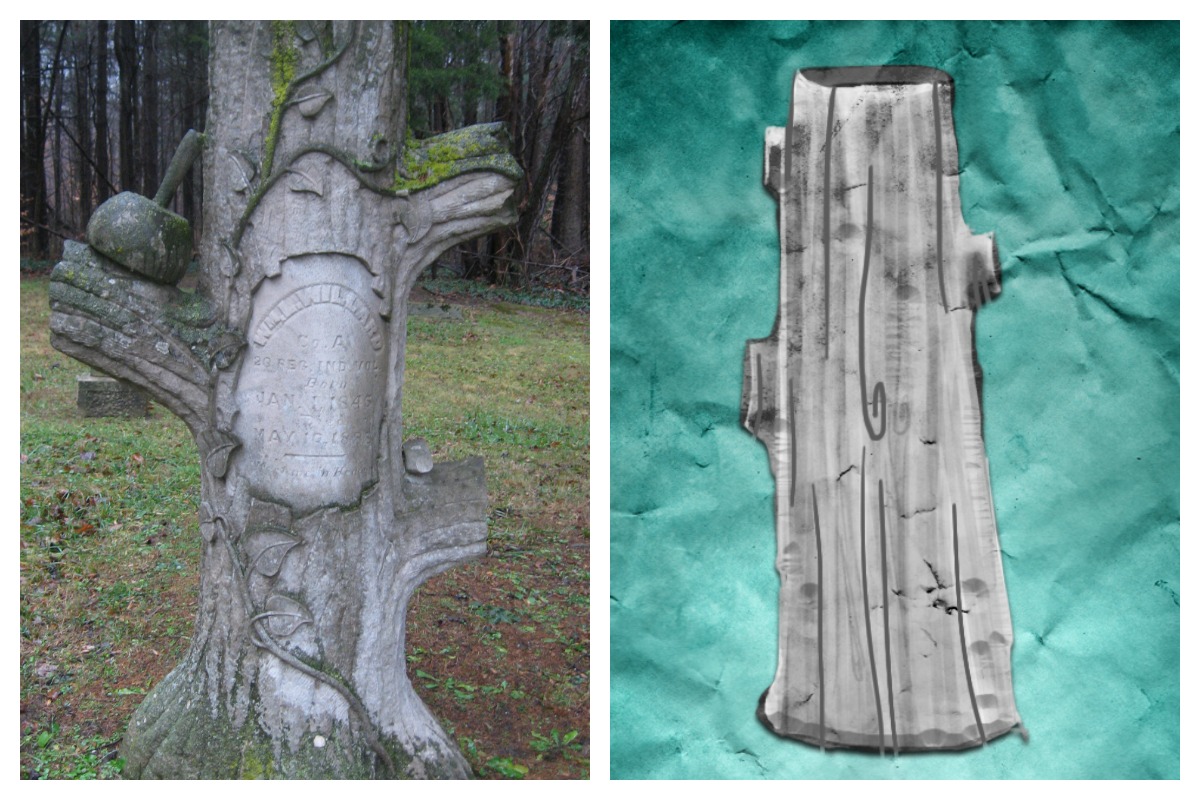
A tree stump might seem like a funny marker for a graveyard, but this symbol has a surprisingly rich history.
Back in the 1800s, a man named Joseph Cullen Root heard a minister describe parishioners as "trees in God's forest."
He ran with the idea when he created his own fraternal order, and members were buried under markers shaped like tree trunks into the 1970s.
#10: The Ascending Hourglass
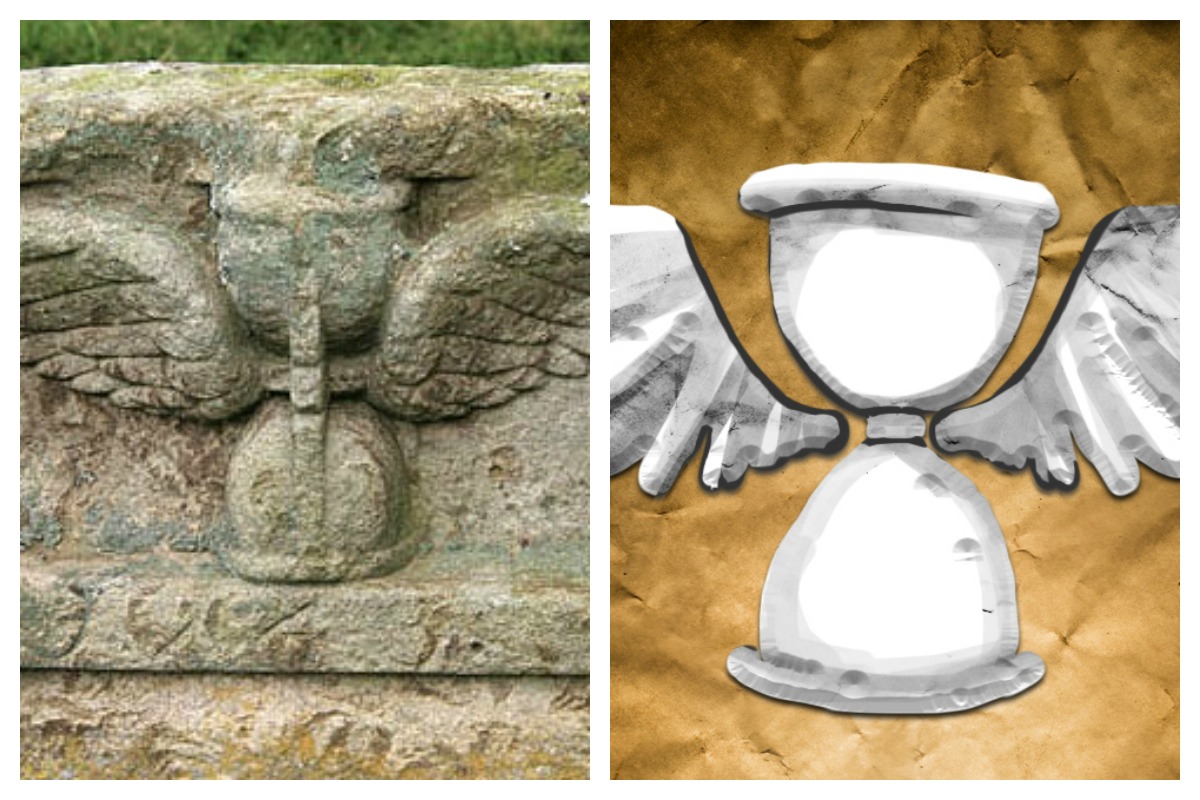
The hourglass is a potent symbol that most of us associate with time "running out."
When the hourglass appears on a grave, it's a reminder that life is short and that you should make the most of your time here.
When the hourglass features wings, it also shows that life might be fleeting, but that the afterlife is eternal.
#11: The Draped Urn
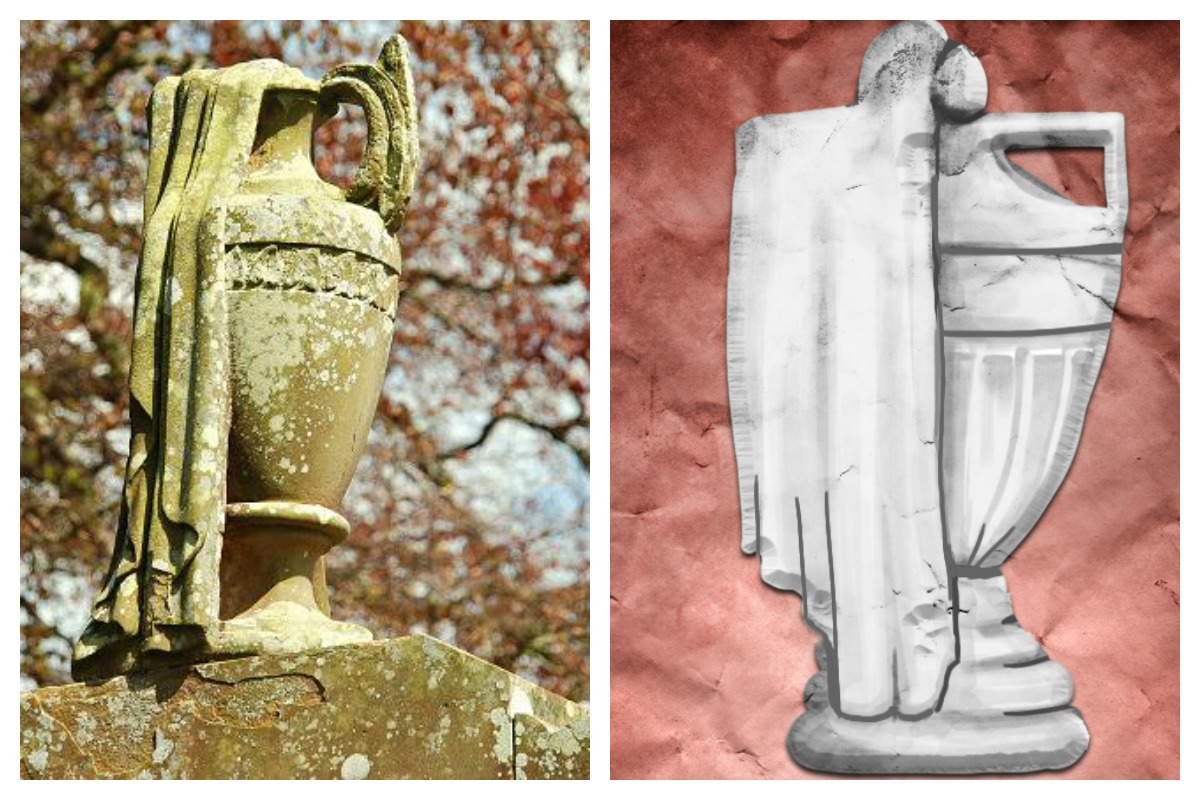
Burial wasn't always as common as it is today. A lot of early civilizations, like the ancient Greeks and Romans, cremated their dead.
After cremation, the ashes would be kept in an urn, just like they would be today.
When burial became more popular, people kept the tradition of the urn alive by creating stone versions, draped in fabric to symbolically protect the soul as it moves from life to death.
#12: The Harvest Of Wheat
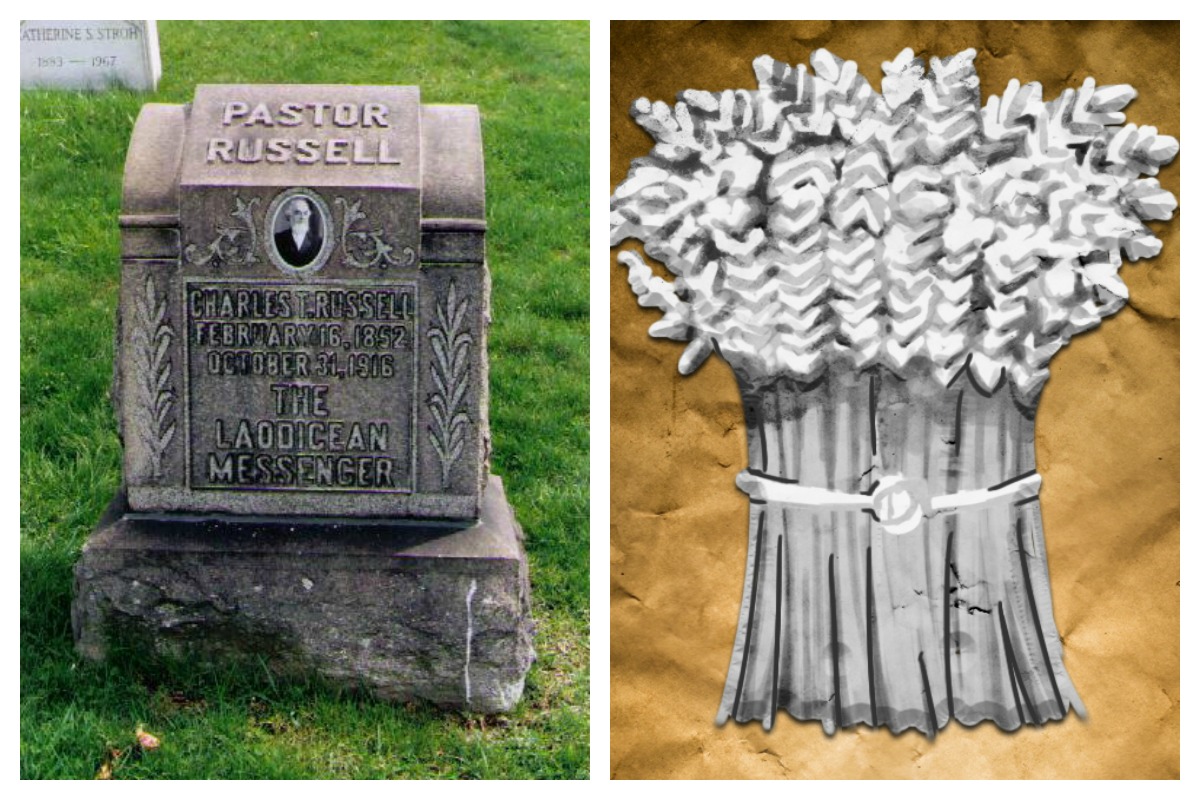
Wheat and grain are some of the world's oldest symbols for life and growth.
Traditionally, of course, wheat was also harvested by a reaper with a scythe, so it has a potent meaning when found on a grave.
A sheaf of wheat shows that the deceased had a full harvest, meaning that they had a long and full life here before they were taken on to the next.
How many of these graveyard symbols are familiar to you? Let us know in the comments and don't forget to SHARE with friends and family interested in keeping memories alive this Halloween season.




